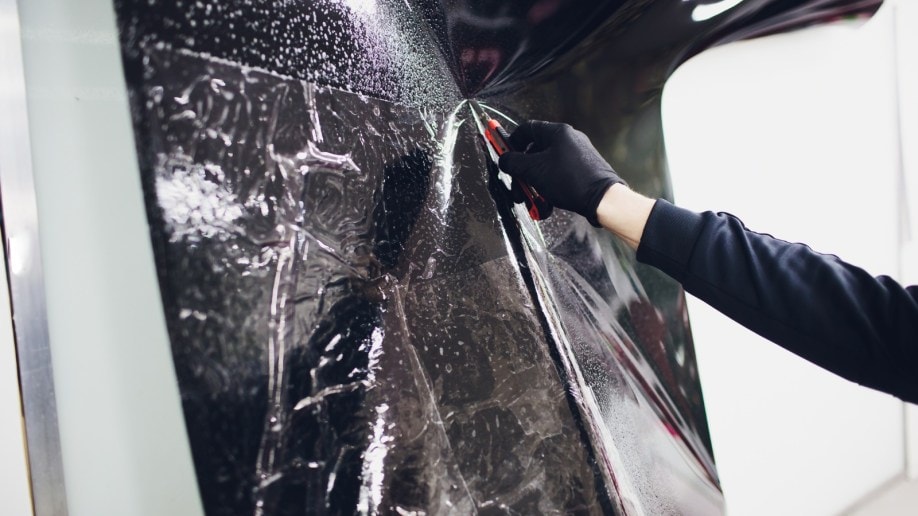Personalized Automobile Window Tinting Solutions for a Sleek and Stylish Appearance
Personalized Automobile Window Tinting Solutions for a Sleek and Stylish Appearance
Blog Article
Home Window Tinting Regulations and Standards: What You Required to Know Prior To Tinting Your Car
Before continuing with window tinting for your lorry, it is important to acquaint yourself with the diverse legislations and standards that control this practice across different states. These policies dictate the acceptable degrees of color darkness, usually gauged by visible light transmission (VLT) percentages, and consist of particular specifications for front windshields aimed at ensuring road safety.
Introduction of Home Window Tinting Rules
Window tinting laws are often subject to variation across various jurisdictions, reflecting neighborhood guidelines and security considerations. These regulations determine the acceptable degrees of color darkness and reflectiveness on car home windows, making sure that chauffeurs maintain appropriate exposure while also safeguarding against unsafe UV rays and warmth.
Most laws classify window tinting based upon the Visible Light Transmission (VLT) percent, which suggests the amount of light that can travel through the window. Generally, lower VLT portions symbolize darker colors. Laws commonly set apart in between the front, side, and rear home windows, with more stringent limitations put on the front windshield to enhance safety and security for both the chauffeur and other roadway users.
Compliance with window tinting regulations is important, as infractions can result in fines, compulsory removal of the tint, and potential rises in insurance policy costs. It is vital for automobile owners to familiarize themselves with regional legislations prior to continuing with window tinting installments.
State-by-State Tint Regulations
Comprehending the certain home window tinting laws in each state is vital for car owners seeking to adhere to the law. Each state in the united state has established its very own collection of regulations governing home window tinting, which can differ dramatically. These laws typically determine the permitted levels of color darkness, the kinds of windows that can be tinted, and any type of medical exceptions that might use.
As an example, states like The golden state have stringent constraints on color darkness for front home windows, while others, such as New Mexico, might permit darker tints. Furthermore, certain states mandate specific presence portions for various windows, including the windshield, front side home windows, and rear home windows. It is crucial for cars and truck proprietors to acquaint themselves with their state's laws to stay clear of prospective fines or charges.
Furthermore, some states may require a certification sticker label to be put on tinted home windows, suggesting compliance with state legislations. Failure to abide by these laws not just risks lawful consequences but can likewise impact safety and security and exposure while driving. Consequently, vehicle proprietors should perform detailed study or get in touch with regional authorities to make sure full understanding and conformity with state-by-state tint regulations.
Allowed Color Degrees and Kinds
Many lorry owners might be stunned to discover that allowed tint degrees and types differ commonly throughout various states. Each state has actually developed its own laws concerning the allowable darkness and reflectivity of home window color, commonly determined by Visible Light Transmission (VLT) percentages. VLT describes the amount of light that can go through the colored windows; thus, a reduced percent indicates a darker color.

Additionally, the kinds of color products permitted can differ, with some states prohibiting mirror-like or metal coatings. It is important for car proprietors to familiarize themselves with their state's particular legislations to make sure compliance. Non-compliance original site can lead to penalties, obligatory elimination of the color, or other lawful effects, making it crucial to understand these regulations before waging installment.
Medical Exceptions for Tinting
While not all states supply allowances for clinical exceptions relating to window tinting, those that do identify the requirement for specific people to boost presence and comfort due to medical conditions. Numerous medical conditions, such as lupus, skin cancer, and certain eye problems, can render people specifically conscious sunshine. These people may call for darker tints to protect themselves from harmful UV rays and glare.

It is essential to keep in mind that despite a medical exception, there may still be constraints on the degree of tint permitted. Conformity with state laws makes sure that individuals are both protected and within legal limitations. Those thinking about clinical exceptions ought to contact their neighborhood Division of Electric motor Vehicles or comparable authority to comprehend the requirements and treatments needed to make an application for an exemption effectively.
Charges for Non-Compliance
Falling short to adhere to home window tinting laws can bring about significant charges, which vary by state. Legislation enforcement companies are equipped to release citations for cars that do not comply with the defined tinting laws. These penalties generally consist of penalties, which can range from moderate amounts to numerous hundred dollars, depending on the intensity of the offense and the state concerned.
In some jurisdictions, repeated offenses may result in rising penalties or added penalties, such as necessary court appearances. Additionally, non-compliance might demand the elimination of prohibited tinting, usually at the proprietor's expenditure. In extreme cases, regular wrongdoers might encounter suspension of their automobile registration until conformity is attained.
Furthermore, insurance policy implications might arise from obtaining several citations for window tint click for source offenses. Insurers might check out such offenses as a sign of riskier actions, possibly resulting in raised costs or difficulty in insurance coverage.
To stay click here to find out more clear of these charges, it is vital for lorry owners to acquaint themselves with their local window tinting legislations and make certain that their lorry complies (Window Tinting). This positive technique not only stays clear of lawful ramifications yet additionally advertises road safety
Verdict

A lot of guidelines classify home window tinting based on the Visible Light Transmission (VLT) portion, which suggests the quantity of light that can pass with the home window. Conformity with window tinting laws is critical, as violations can result in fines, mandatory elimination of the tint, and prospective rises in insurance costs.Understanding the certain window tinting policies in each state is crucial for automobile owners looking for to comply with the legislation. These laws commonly determine the allowed degrees of tint darkness, the kinds of home windows that can be tinted, and any clinical exceptions that might use.
For instance, states like The golden state have rigid constraints on tint darkness for front windows, while others, such as New Mexico, might permit darker colors.
Report this page